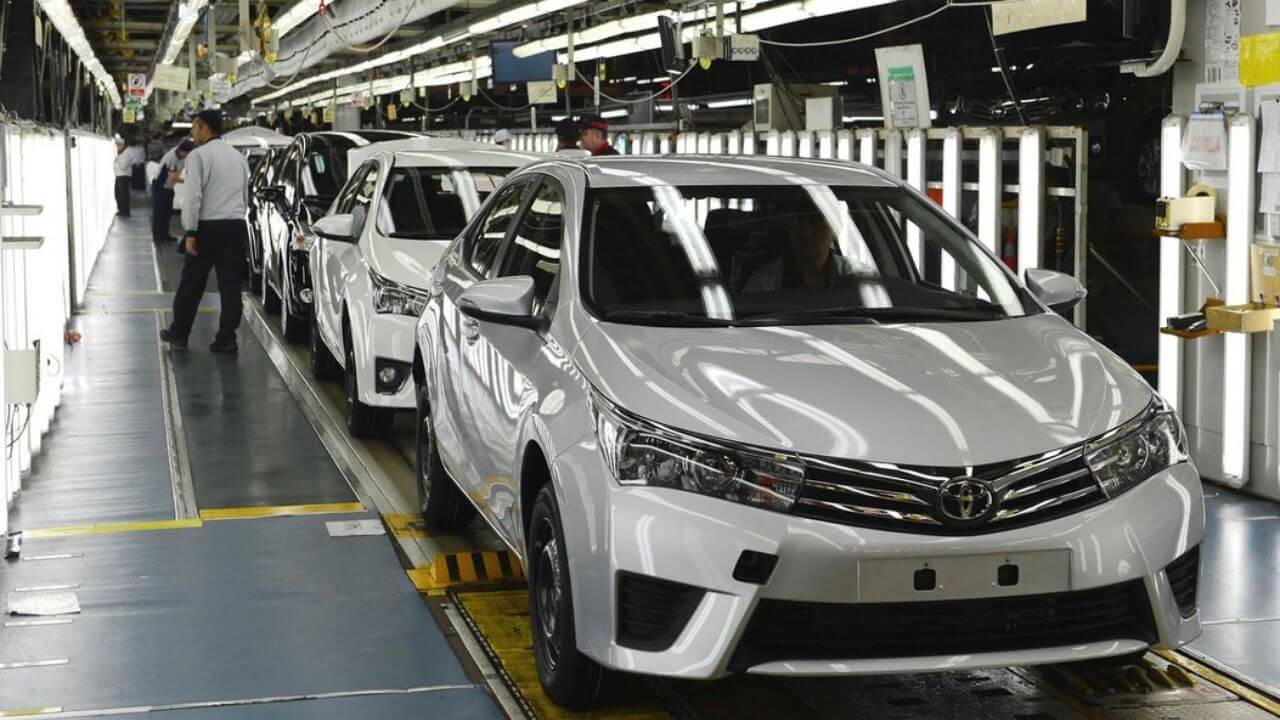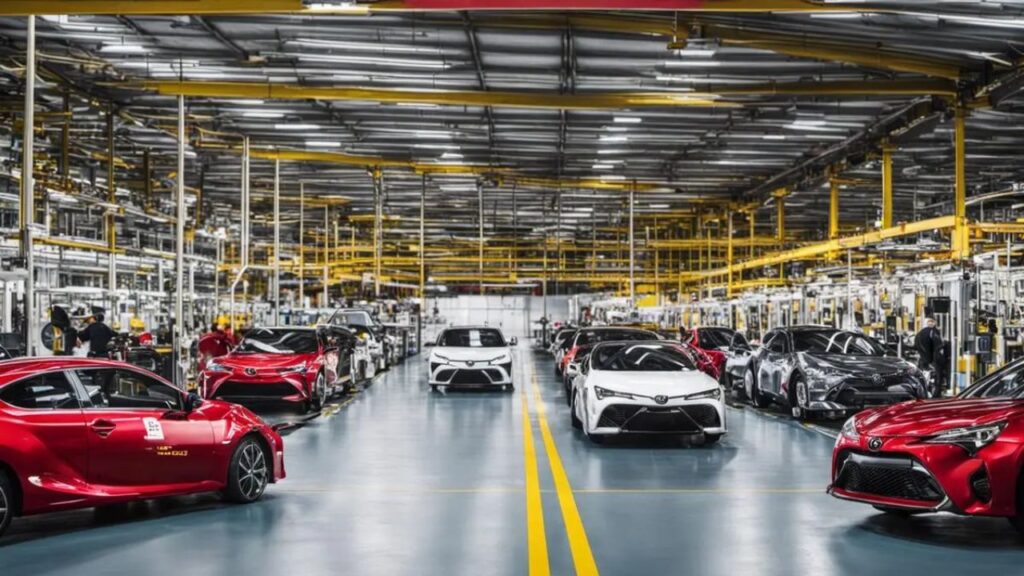Experience a detailed account of the location of the manufacturing of Toyota, the global network of manufacturing plants, production strategies, and innovation hubs that will see Toyota become a leader in the automotive industry in the year 2025.
In questioning where Toyota Is Made, it gives us a long tale of a multinational company that has revolutionized the world automobile market through innovation and strategic production. Toyota Motor Corporation is a company that was originally established in Japan but the company has continued to establish a large network of production facilities globally. This worldwide presence is not only on a geographic basis, but it is an indication of how Toyota has been smart to incorporate quality, efficiency, and flexibility to various markets. This blog will give a detailed overview of the location of the Toyota vehicles and parts manufacturing, as well as the ways in which this distribution will address the demands of the market and sustainability of Toyota.
The Japanese Culture: The Heart of Toyota Production.

In addition to passenger cars, engines, transmission, and components of hybrid systems are also manufactured in Japan through their factories. Toyota Japanese plants like Tahara are known throughout the world as the makers of high luxury Lexus models that use high-quality standards, and this fact emphasizes the way to see how the combination of craftsmanship and automation is achieved in Toyota Japanese plants. The Japanese manufacturing and research has enabled continuous innovations in hybrid and electric powertrain making Toyota the leader in terms of environmentally friendly technologies in vehicles ( Toyota Global, 2025).
Toyota in North America: Localise Production to gain Strategic Market Access.

This localized manufacturing also helps Toyota to save logistical expenses, counteract tariff and currency exchange risks, and design vehicles unique to North American customers (Kinkel, 2012). Moreover, these manufacturing centers will have significant economic value in terms of employment and in-town supplier systems. The Toyota North American production is one of the examples where the global company can strike the right balance between globalization and local sensitivity, improving customer satisfaction and operational effectiveness.
Toyota Expanding Global Network of Manufacturing in Asia and Beyond.
The manufacturing of Toyota does not just limit itself to Japan and North America, it goes deep into Asia and Europe. In Southeast Asia, Toyota Thailand, Indonesia, the Philippines and Vietnam manufacture customized models such as the Fortuner, Innova and Yaris in response to the regional markets. This is a strategic location, which assists the company in cost management and product offering to the local taste and regulatory conditions.
Another important manufacturing sector is Europe where it has plants in the UK, France, Czech Republic, Poland, Belgium and Turkey. European factories manufacture well known Toyota models like Corolla, Yaris, C-HR, and some of the most important engine and transmission parts. These factories tend to be highly environmental and safety friendly, which is indicative of increasing Toyota propensity to sustainability and to its European consumer demands (Toyota Europe, 2025).
Diversification of production activities in various continents will help Toyota to mitigate effects of localized supply chain delays, mutual trade and economic fluctuations. This global diffusion also enables Toyota to enjoy the advantages of the region, maybe the cheap cost of labor in certain countries, or technological skills in others.
Skill and Plan Toyota behind the Manufacturing Decisions.
The most notable academic theorist on the manufacturing principles at Toyota, Jeffrey K. Liker, well puts it: the production system of Toyota is not merely a cost-cutting measure, but a locating production strategically to achieve maximization of efficiency, quality and flexibility to the demands of the market (Liker, 2004). This serves to underscore the reason why Toyota manufacturing footprint is so huge but extremely sensitive. The company also pays attention to the fact that its cars should be of high quality all over the world and efficient and sensitive to local peculiarities.
This business continuity distribution is to be guaranteed that Toyota is able to continuously innovate and create vehicles that would incorporate regional preferences such as climatic adjustment, safety measures, and emission control. Besides, it creates resilience to the global uncertainties and the Toyota supply chain is one of the strongest in the automobile industry.
Technology and during manufacturing: The Future of Toyota Production.
The location of Toyota production is a sign of the firm being innovative and sustainable. Globally, Toyota factories are incorporating green production activities that cut their environmental imprint by making their energy consumption, waste and water management initiatives energy and resource efficient. The examples of green factory include facilities like the Tahara plant in Japan and other facilities in Europe and North America.
Toyota is also leading the innovation of hybrid and electric cars in the world through its well-developed battery plants such as Toyota Battery Manufacturing in the U.S. This clearly is in line with the current global environmental policy and demand by consumers towards cleaner transport.
Sustainable manufacturing has ceased being a peripheral aspect of the company and is a key pillar of the Toyota production philosophy, making sure that the company brand is leading in terms of automotive innovation and corporate responsibility.
Verdict:
The Where Toyota Is Made is a Reflection of its excellence and vision all over the world.
To conclude, the query of where Toyota is produced introduces a complex perspective of a worldwide automotive giant that is defined by geographic variety, strategic production and constant innovation. Since its ancient Japanese origins with its vast production network in North America, Asia, and Europe, the Toyota automotive production network has the characteristics of efficiency, quality, and flexibility.
The broad manufacturing presence of Toyota is not only a matter of where a company manufactures their goods, but a complex approach to tap into the local market knowledge, technology, and green endeavors. This network has helped Toyota to continue being a global leader in offering vehicles that have been known to be reliable and offer good environmental performance to its customers around the world.
Finally, the (location of Toyota) would help one to recognize that the company has been successful over the years and that it is dedicated to respond to the demands of a fast changing automotive industry in the coming years.

